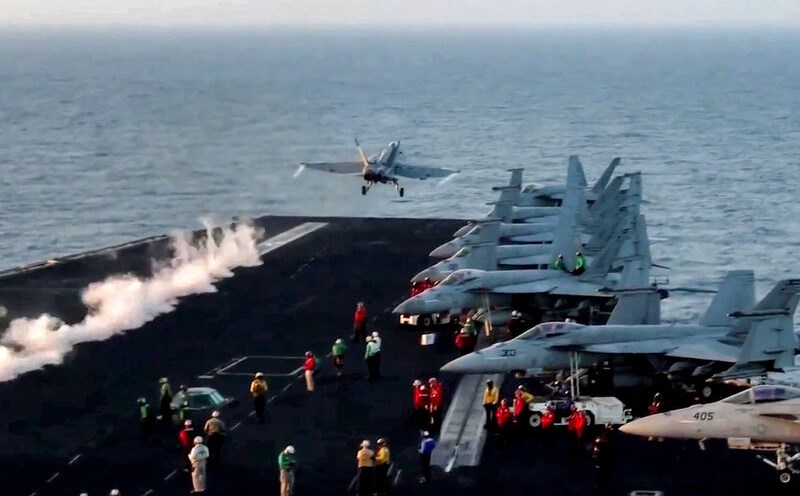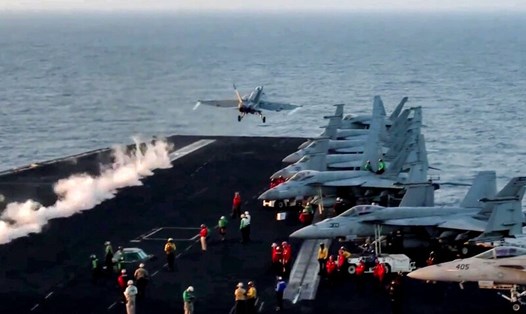The British Ministry of National Defense announced that the Royal Navy is developing a "shared aircraft carrier" model, integrating the F-35B stealth fighter with unmanned platforms and long-range precision missile systems. This is a step to increase combat strength in the context of an increasingly complex conflict environment.
In the new model, unmanned aerial platforms include logistics unmanned aerial vehicles (UAVs), surveillance UAVs and UAVs for harassment or attack. These devices are semi-automated thanks to artificial intelligence, allowing them to flexibly adapt to real-time changes on the battlefield.
The combination of manned and unmanned platforms brings many tactical advantages. The F-35B, currently deployed on HMS Queen Queen Queen and HMS Prince of Wales, will take on complex missions that require judgement and high tactical coordination. In contrast, UAVs will be used in dangerous areas to limit risks to pilots, while enhancing observation and combat support capabilities.
Another notable factor is the ability to launch direct long-range precision missiles from the aircraft carrier. Although the aircraft are still the main attack vehicle, they are limited in terms of operating time, take-off times and payload. Rocket launchers from the deck will help offset those limitations, providing more proactive attack capabilities on targets on land and sea.
However, some opinions say that this is an ambitious plan. Integrating UAVs and missile systems into a modern aircraft carrier requires careful testing time and a large investment budget. The British Navy said initial testing could begin before 2027, with the goal of putting the platform online from 2030.











